Reviewed by: Y. Garcia
When your phone becomes your lifeline's weakest link, we're not just talking about dropped calls anymore. Here's what you need to know: a recent incident involving a Galaxy S24 owner who couldn't reach 911 during a critical emergency has exposed a troubling reality about smartphone reliability when it matters most.
The device failed to connect despite three separate attempts, even after a restart, while displaying what appeared to be full signal strength (PhoneArena). This isn't an isolated technical glitch — it's part of a broader pattern of emergency service failures that's putting lives at risk across multiple Samsung device generations.
The Galaxy S24 incident: when modern tech fails at the worst moment
The Galaxy S24 case reveals just how vulnerable we've become to our devices' technical limitations. During the emergency, the phone showed every indication of normal operation — full signal bars and the 5G UC indicator were active, suggesting robust network connectivity (PhoneArena). Yet three consecutive attempts to reach emergency services failed completely, including one attempt after restarting the device.
This failure exposes a critical design flaw in how emergency calls are processed. Even devices without SIM cards should be able to make emergency calls — that's a fundamental safety requirement built into cellular technology (PhoneArena). But when a phone has a valid SIM and detects its carrier's network, it won't automatically switch to competing networks to complete the call, even during emergencies (PhoneArena). This creates a false sense of security — your phone shows strong signal strength, but that signal becomes worthless when the network itself is compromised.
The technical limitation becomes deadly when combined with the reality that network outages affect all carriers periodically (PhoneArena). While the Galaxy S24's interface suggested everything was working perfectly, the underlying network handshaking protocols that manage emergency calls were failing silently, leaving the user completely cut off from help when every second counted.
The broader Samsung emergency calling crisis
What started as an investigation into one failed call has uncovered a systemic problem affecting thousands of Samsung users. Australian telecommunications testing revealed that more than 70 Samsung phone models cannot properly connect to emergency services during network outages (ABC News). The scope of this issue is staggering — Telstra alone identified nearly 20,000 affected devices on its network, with similar numbers expected across other carriers (IBTimes).
Let's break down the technical failure behind this crisis. When your primary carrier experiences an outage, your Samsung phone should automatically "camp on" to alternative networks to complete emergency calls (ABC News). This failsafe system represents the last line of defense between you and a complete communication blackout during emergencies. However, outdated firmware in affected Galaxy models fails to properly execute this critical handover function.
The problem spans multiple device generations, with 11 Samsung models requiring complete replacement and about 60 needing urgent software updates. Models like the Galaxy Note 5 and S7 Edge — former flagship devices that millions of users still rely on — top the danger list with firmware so outdated it cannot detect alternative emergency networks (IBTimes). This raises uncomfortable questions about Samsung's long-term firmware support policy and why critical safety updates weren't prioritized for these devices years ago.
The human cost of technical failures
The stakes couldn't be higher when emergency services become unreachable. Recent network outages have already demonstrated the deadly consequences of failed emergency calls — a September Optus outage linked to a firewall update has been associated with at least three deaths — later reports cite four — after roughly 600 Triple Zero calls failed across multiple Australian states (7News). The 12-hour outage prevented hundreds of customers from reaching emergency services, transforming what should have been routine technical maintenance into a public safety catastrophe (7News).
These aren't abstract statistics — they represent real people who died because their phones couldn't complete the most basic, fundamental call any device should be able to make. The implications extend far beyond urban areas where alternative communication methods might exist. Rural and remote users who depend on single carriers face even greater risks when their Samsung devices fail to execute emergency network handovers during outages.
The crisis has prompted unprecedented regulatory action, with telecommunications companies facing substantial financial penalties for emergency service failures. Optus received a $12 million fine for its November 2023 outage that left over 2,000 people unable to contact emergency services, while Telstra faced a $3 million penalty for a 90-minute service interruption (Australian Communications). These incidents have forced governments to fast-track new legislation creating dedicated emergency service oversight, with compliance powers to ensure accessibility during critical moments (Australian Communications).
The regulatory response signals a fundamental shift in how authorities view telecommunications reliability — emergency calling is no longer treated as just another service feature but as critical infrastructure requiring the same reliability standards as hospitals or power grids.
Samsung's crisis response: lessons from past failures
Samsung's handling of the current emergency calling crisis bears uncomfortable similarities to previous safety incidents, particularly the Galaxy Note 7 battery explosion debacle. Research into that 2016 crisis reveals how initial denial and delayed responses can escalate technical problems into full-blown brand disasters (ResearchGate). When the Note 7 fire reports first emerged, Samsung initially downplayed the issue, merely advising customers to use original chargers and avoid touching phones while charging (ResearchGate).
The parallels are striking — both crises involved fundamental safety failures that Samsung initially minimized rather than addressing head-on. In the Note 7 case, this delayed response strategy proved catastrophic, with sales dropping 7.5% and profits plummeting 30% in the third quarter of 2016 alone (ResearchGate). However, Samsung eventually recovered through transparent communication and comprehensive quality improvements, demonstrating that proper crisis management can restore consumer trust even after severe brand damage (ResearchGate).
The current emergency calling crisis tests whether Samsung has truly internalized these lessons. Unlike the Note 7's dramatic explosions, emergency calling failures are invisible until the moment you desperately need help. This makes the current crisis potentially more dangerous — users have no warning that their device might fail during the most critical moments, creating a hidden safety hazard that could affect millions of unsuspecting customers.
Samsung's current response appears more measured than their initial Note 7 handling, working directly with carriers on remediation plans (ACMA). However, the company's statement that they are "working together to ensure all devices operate reliably in every emergency situation" (ABC News) raises questions about why this wasn't prioritized before the crisis emerged.
What happens next: regulatory action and user protection
The emergency calling crisis has triggered the most comprehensive telecommunications safety overhaul in recent memory. New and updated regulations introduced from late 2024 onward require telcos to identify and block phones that cannot access Triple Zero, ensure emergency "camp-on" fallback to other networks during outages, and progressively add testing and stronger outage-reporting obligations
The Australian Communications and Media Authority has introduced stricter mobile phone testing standards specifically targeting emergency call compliance, signaling a permanent shift toward treating emergency calling as critical infrastructure (Australian Communications).
For affected Samsung users, the response has been swift but drastic. Carriers are legally obligated to block devices that cannot properly access emergency services within 28 days of notifying customers (ABC News). Users with the eleven models requiring replacement face complete service disconnection if they don't upgrade, while those with updatable devices must install critical firmware patches immediately (7News).
This represents an unprecedented intervention in consumer device ownership. Imagine discovering that your perfectly functional Galaxy S7 — which handles calls, texts, apps, and everything else flawlessly — must be replaced within a month or face complete network disconnection. The regulatory authority has essentially determined that phones unable to guarantee emergency access pose such a significant public safety risk that continued operation cannot be permitted.
The telecommunications regulator continues monitoring carrier compliance with emergency service obligations, ensuring this crisis doesn't repeat (ACMA). This ongoing oversight suggests that emergency calling reliability will remain under intense scrutiny, likely influencing how manufacturers approach firmware updates and device lifecycle management for years to come.
Bottom line: This isn't just about Samsung or even smartphones — it's about the fundamental reliability of the communication systems we depend on when everything goes wrong. The Galaxy S24 incident and the broader Samsung emergency calling crisis serve as stark reminders that even cutting-edge technology can fail precisely when we need it most.
As our devices become more sophisticated, the expectation that they'll work flawlessly during emergencies has never been higher, making robust testing, transparent communication, and rapid response more critical than ever. The regulatory response signals a new era where emergency calling reliability will be treated as seriously as any other life-safety system — and manufacturers who fail to meet these standards will face swift, decisive action.




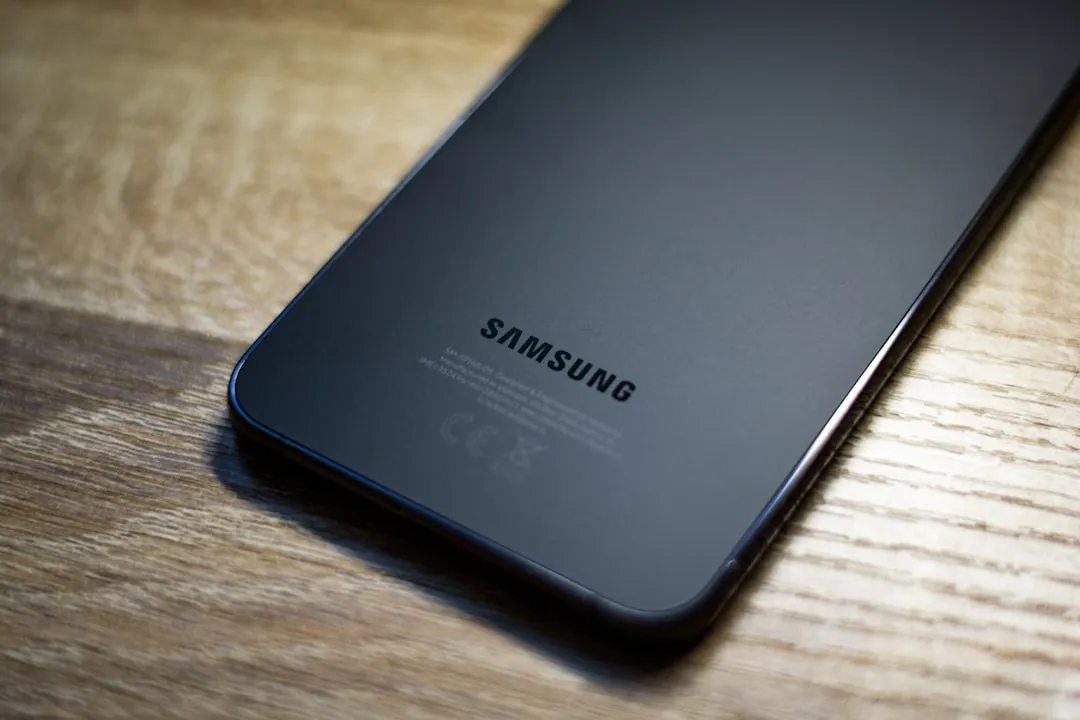
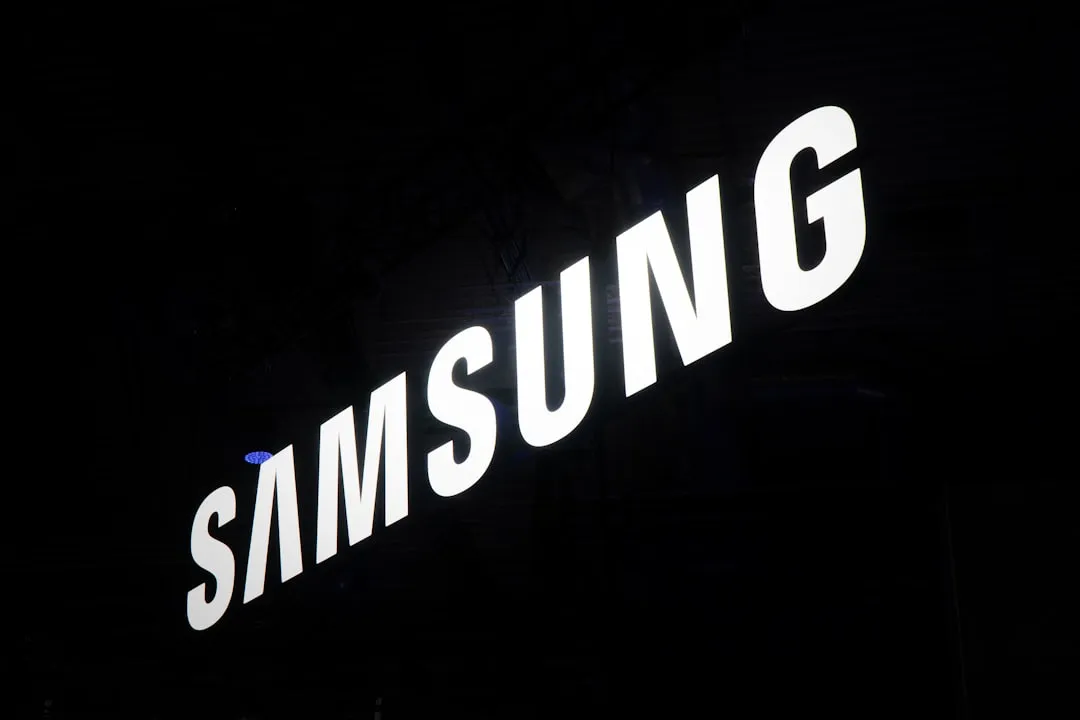

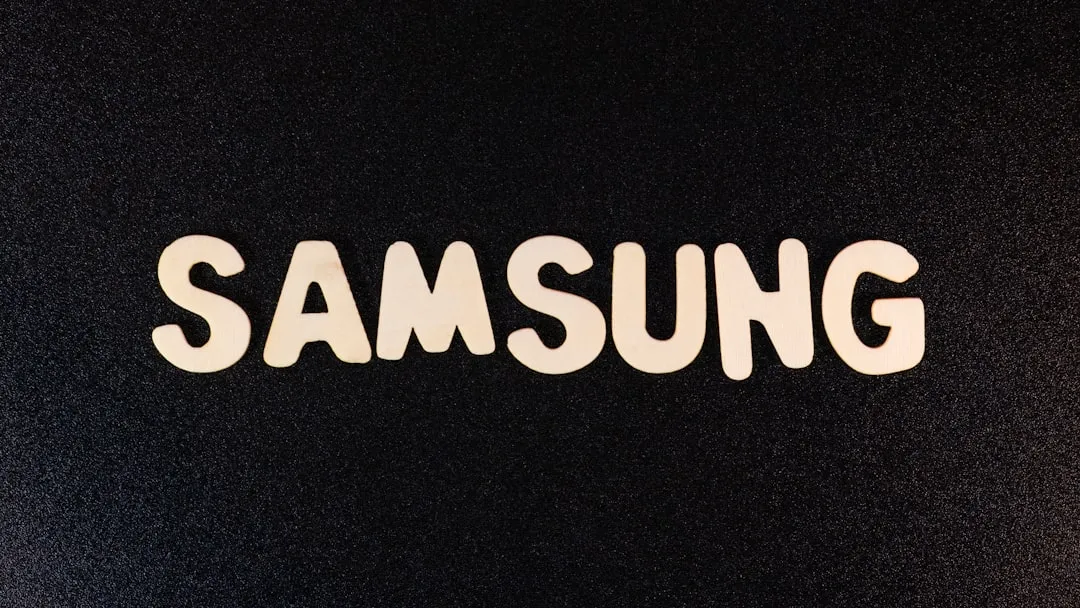









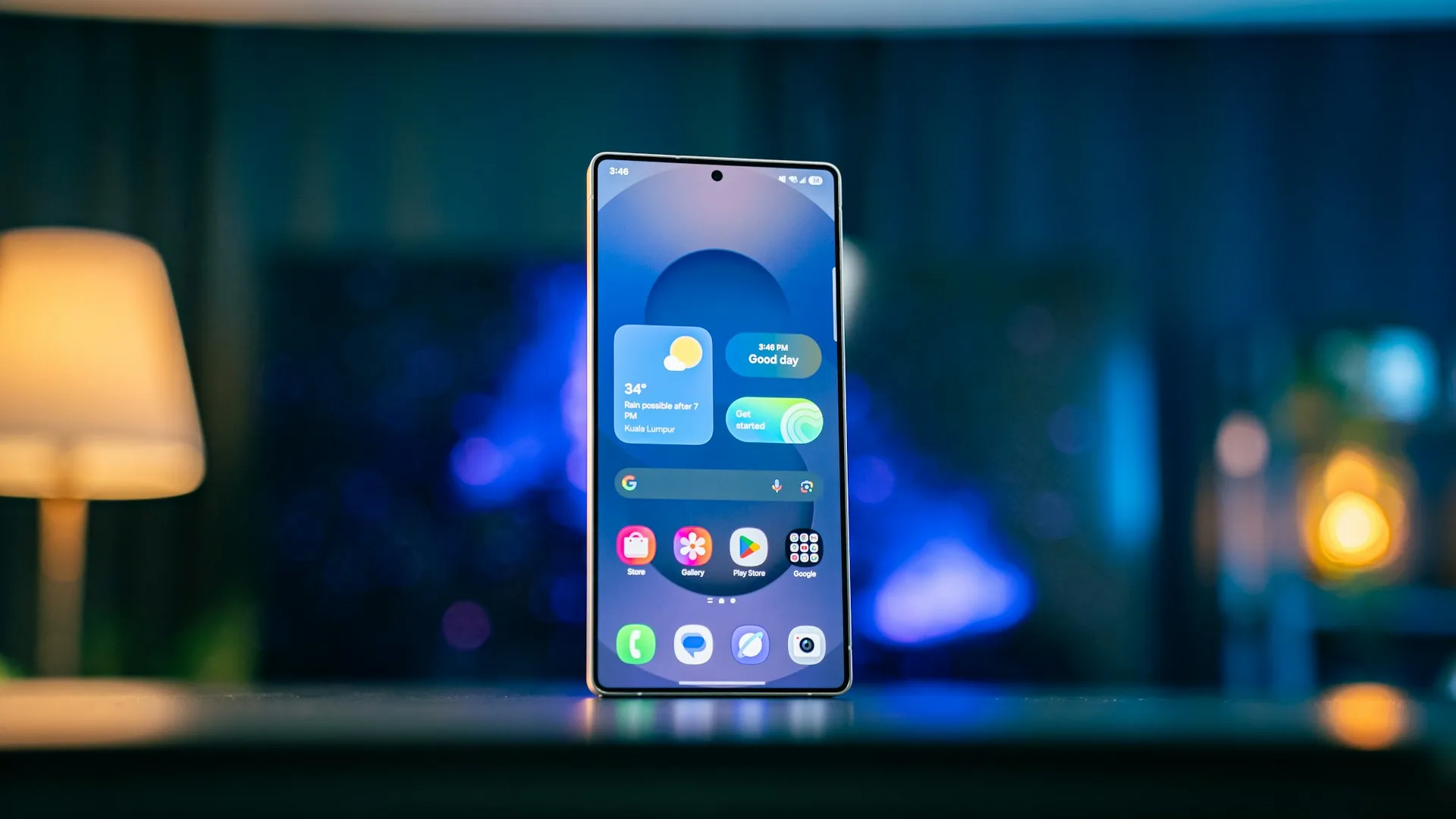
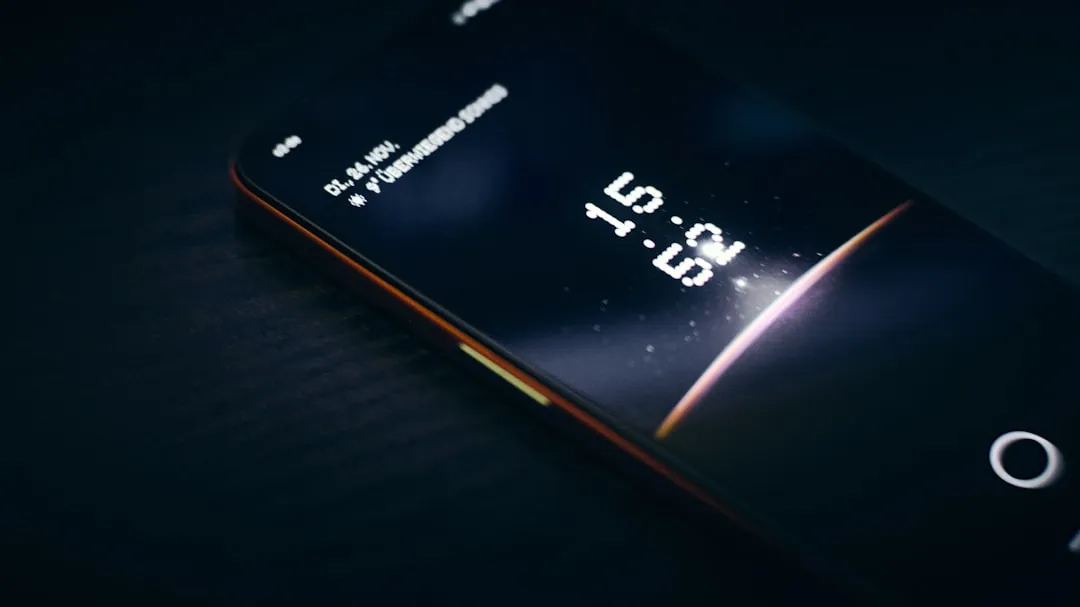





Comments
Be the first, drop a comment!